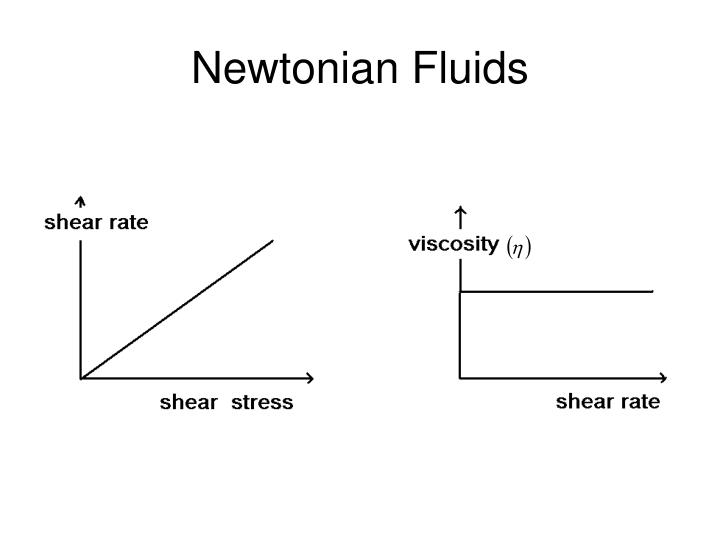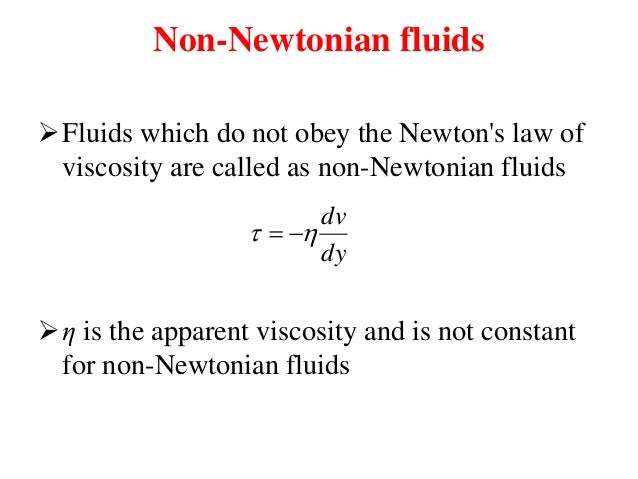

In order to benchmark our method, we compare the experimental results with extensive three-dimensional numerical simulations 25, where we solve the equations of motion of a non-Newtonian fluid with the same constitutive law, the same flow parameters and pore geometry as in the experiment. By combining the rheology measurement with the shear rates calculated from the velocimetry measurements, we are able to determine the local viscosity of the fluid at the pore scale. The key innovation of our approach relies on the combination of high-resolution image velocimetry with a seperate constitutive characterization of the non-Newtonian fluid over a broad range of shear rates. Here we present a microfluidic method to quantitatively map the heterogeneity of the local viscosity of a non-Newtonian single-phase flow through a complex quasi-two-dimensional pore structure. Therefore, the study of non-Newtonian flows has mainly been addressed computationally 20– 23 or using simple geometries 24. The reason for this is that the fluid’s constitutive behavior has to be carefully matched with the experimental operating condition in order to achieve reliable measurements in the nonlinear consititutive regime. While the measurement of the bulk viscosity of non-Newtonian fluids with rheometers and microfluidic platforms is rather common 16– 19, the mapping of the local viscosity at the pore scale in a complex geometry is challenging. This variability in the local hydraulic resistance impacts the distribution of local flow velocities through the interstitial pore space, ultimately affecting transport, and mixing processes 15.

Consequently, the local viscosity of non-Newtonian fluids is also spatially variable. In heterogeneous pore structures flows exhibit a wide range of velocities and different shear rates. Instead, the local viscosity is a nonlinear function of the shear rate and in some cases even a function of time 14. Consequently, their flow resistance cannot be described by a single viscosity constant, as in the case of Newtonian fluids. Often the fluids involved in these processes are so-called non-Newtonian fluids showing a complex stress–strain relation due to the presence of additives 12, 13. Disordered porous structures are also frequently found in biological and medical systems, affecting processes such as transport of mucus 8 or blood flow through the kidney and other tissues 9– 11. In groundwater remediation 6 or oil recovery 7, the natural porous structure controls the efficiency of the extraction process. Many industrial processes exploit artificial porous structures to separate particles in filters 1, enhance chemical reactions in catalysts 2, improve mass and heat transfer in packed bed reactors 3 or to optimize transport in chromatographic devices 4, 5. This work sheds light on the relationship between hydraulic properties and the viscosity at the pore scale, which is of fundamental importance for predicting transport properties, mixing, and chemical reactions in many porous systems. Our experimental results-which closely match with three-dimensional numerical simulations-demonstrate that the exponential decay of the longitudinal velocity distributions, previously observed for Newtonian fluids, is a function of the spatial heterogeneity of the local viscosity. Knowing the local shear rate in combination with a separate measurement of the fluid’s constitutive law allows to quantitatively map the local viscosity at the pore scale.

We use high resolution image velocimetry to determine local shear rates. Here we present a new methodology to map the spatial variation of the local viscosity of a non-Newtonian fluid flowing through a complex pore geometry. Examples range from oil recovery and groundwater engineering to drug delivery, filters and catalysts. Consequently the spatial heterogeneity of the viscous resistance controls mass and solute transport from the micron to the meter scale. The interplay between local hydrodynamics and the fluid’s constitutive law determines the distribution of flow paths. Flow of non-Newtonian fluids through topologically complex structures is ubiquitous in most biological, industrial and environmental settings.


 0 kommentar(er)
0 kommentar(er)
